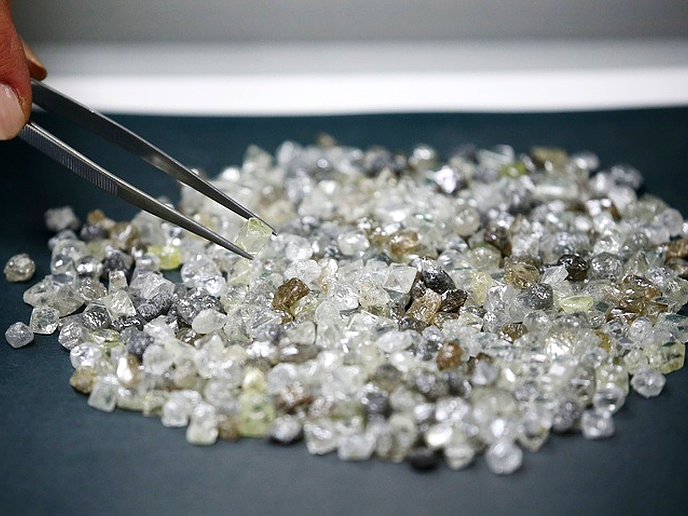MASERU - The Lesotho Highlands Development Authority (LHDA) has awarded two separate contracts for the construction of the Polihali Western Access Road (PWAR) West and the Polihali Western Access Road (PWAR) East to the HSPY Joint Venture and Rumdel/AC JV respectively.
business
Aug. 15, 2019
STAFF REPORTER
3 min read
LHWP II Polihali western access road contracts awarded

Polihali Dam Mokhotlong
The Lesotho Highlands Water Project (LHWP) is multi-phased, multi-billion Maloti/Rand project between the governments of the Kingdom of Lesotho and the Republic of South Africa.
According to Lesotho Highlands Development Authority (LHDA), these are the fifth and sixth of the approximately a dozen advance infrastructure contracts for Phase II of the (LHWP).
Construction works for PWAR West commenced on 12 July 2019 and are expected to be completed by 11 June 2021. The PWAR East works commenced on 23 July 2019 and are expected to be completed by 22 June 2021. The contract value of PWAR West amounts to M410m and PWAR East amounts to M562m.
The HSPY JV combines South Africa and Lesotho contractors: South African Hillary Construction (Pty) Ltd, Polokwane Surfacing (Pty) Ltd, Ya Rena Civils (Pty) Ltd and Lesotho-based Structuretone Construction (Pty) Ltd. The PWAR East Contractor Rumdel/AC JV comprises Rumdel Construction (Cape) (Pty) Ltd (South Africa) and A&C Holdings (Pty) Ltd (Lesotho).
The PWAR Western section is a 21.44km long road between Ha Seshote and Semenanyane River while the Eastern section is a 32.86km long road between Semenanyane River and the Polihali Dam site. The Eastern section will terminate where it ties with the Polihali North Eastern Access road, currently under construction under a separate contract. The proposed Polihali Western Access Road (PWAR) will tie into the Northern Access Road (NAR) at Ha Seshote. NAR provides access to the Katse Dam basin from Pitseng to Katse village. The NAR, which is scheduled to be upgraded as part of the Phase II advance infrastructure works, and the PWAR will form the major access corridor for construction equipment, materials and tunnel boring machine components for the Polihali Dam and Transfer Tunnel.
Enjoy our daily newsletter from today
Access exclusive newsletters, along with previews of new media releases.
The PWAR will be constructed into an engineered standard, two lane surfaced road with surfaced shoulders and passing lanes. Some sections of the road follow an existing gravel track that will be upgraded to an engineered surfaced road. Other sections of the road follow a new route to improve the vertical and horizontal alignments. Construction of three new bridges including a new bridge at the Matsoku River, storm water drainage system and road ancillaries also form part of the PWA road construction works.
“The quality roads constructed under Phase II will not only provide access to the Polihali Dam construction site but will also significantly influence sustainable economic growth through tourism and industrial development,” states Tente Tente, acting CE of the LHDA.
AECOM SA (Pty) Ltd, working with AECOM Lesotho and Lesotho-based RWB Consulting Engineers, designed the Polihali West Access Road and the Rehabilitation of Northern Access Road and will supervise construction.
PWAR is the second road construction contract awarded as part of the Phase II Advance Infrastructure, following the awarding of the Polihali North Eastern Road (PNEAR) contract to the Lesotho-based Nthane Brothers and South African Sinohydro Joint Venture in October 2018.
Phase II of the Lesotho Highlands Water Project builds on the successful completion of Phase I in 2003. It delivers water to the Gauteng region of South Africa and utilises the water delivery system to generate hydro-electricity for Lesotho.
Phase II will increase the current water supply rate of 780 million cubic metres per annum incrementally to more than 1 270 million cubic metres per annum. At the same time, it will increase the quantity of electricity generated in Lesotho and is a further step in the process of securing an independent electricity source for Lesotho. The hydropower further feasibility studies have confirmed that conventional hydropower is the preferred option for Phase II.
Tailored for you






